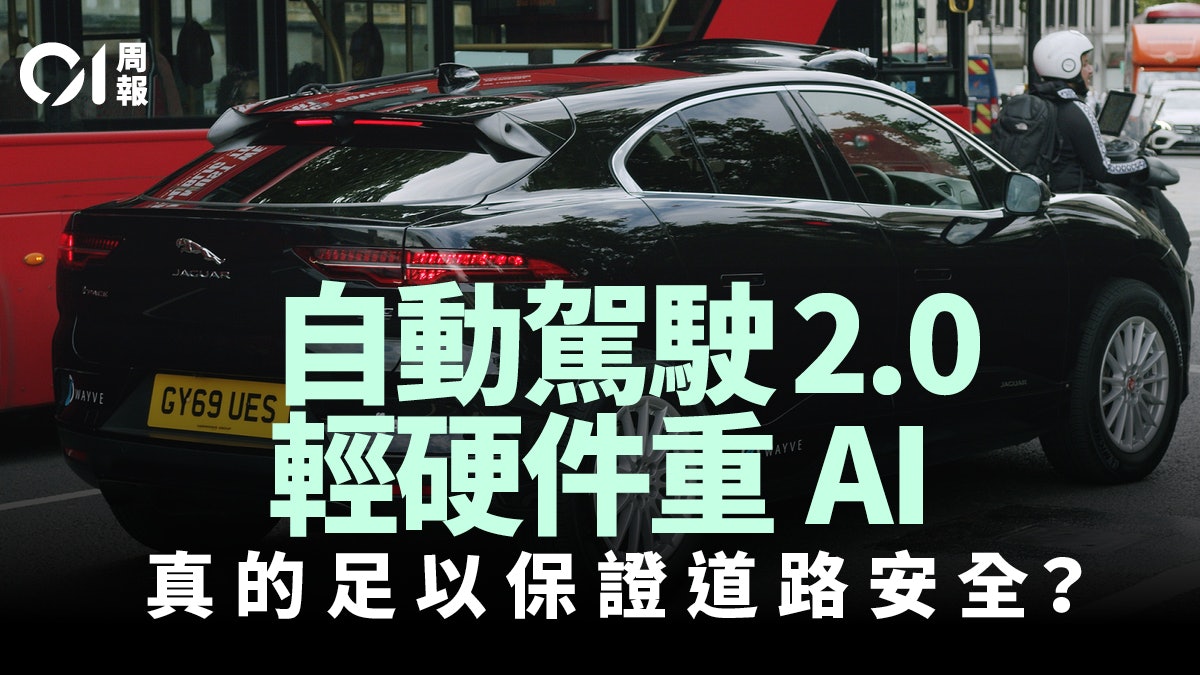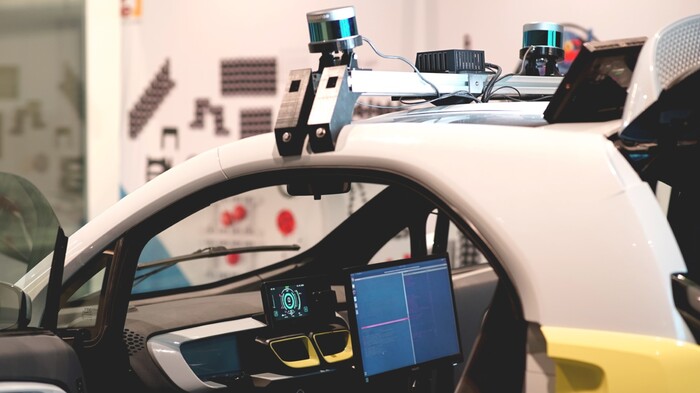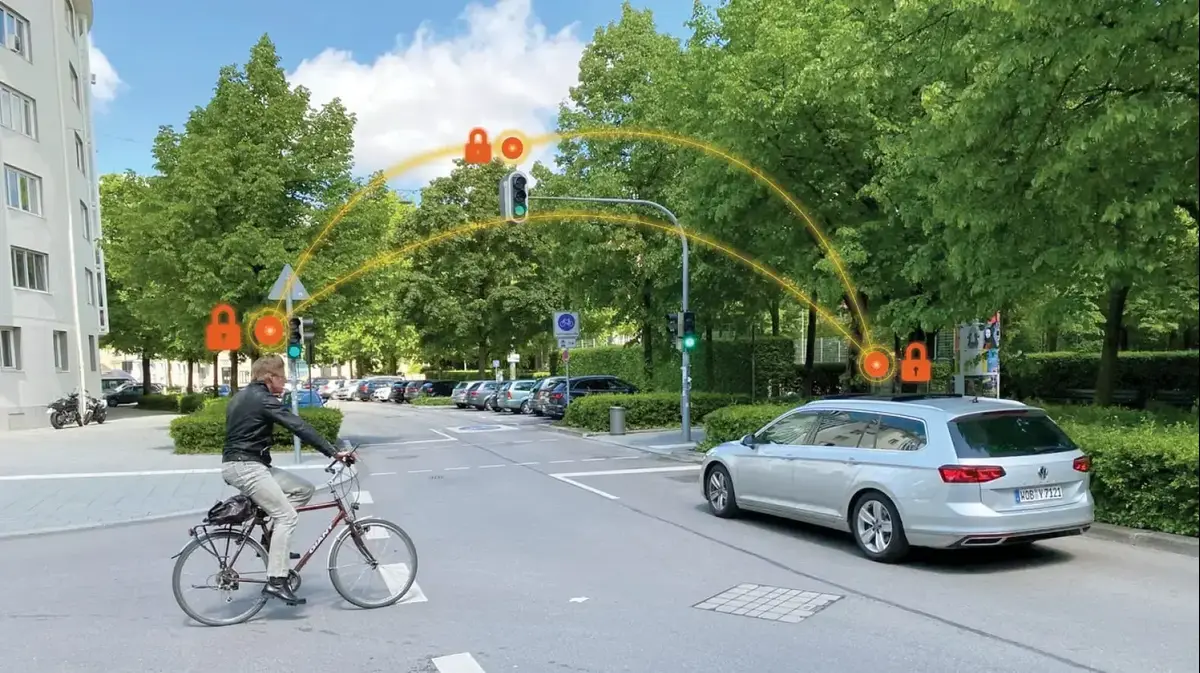The self-driving technology that many technology giants have been developing for many years seems to be stuck in a bottleneck in recent years.
Most self-driving cars can still only operate to a limited extent in a single city that is familiar with the map in advance, and some "fully autonomous driving" are nothing more than assisted driving, and some operators have already left.
However, recently, some relatively new players such as Wayve, Waabi, Ghost, etc., advertised as "Autonomous Vehicle 2.0", trying to use another artificial intelligence (AI) approach to break through the existing difficulties in the development of autonomous driving. Market support.
What is the difference between the two technologies?
Will AV2.0 finally make autonomous driving a reality?
British self-driving technology developer Wayve proved in September last year that its self-driving car, which was trained only on the streets of London, could, without additional training, be able to drive in five other cities that the car has never been to - Cambridge, Gao Yun Dili ( Coventry, Leeds, Liverpool and Manchester, and managed 610km.
This is something that some self-driving companies that seem to be ahead in development, such as Alphabet's Waymo and GM's Cruise, have been struggling to do it.
This may be because the company advertises that it has adopted the so-called "AV2.0" R&D approach.
Although Cruise has launched a commercial self-driving taxi service in San Francisco, Alex Kandall, CEO of "AV2.0" self-driving company Wayve, believes that the traditional research and development direction of such companies cannot achieve large-scale and truly autonomous driving.
(Cruise)
Bottlenecks of traditional methods
Wayve CEO Alex Kendall pointed out that the self-driving industry has invested a lot of resources, but the results are very limited.
More than $100 billion has been invested in autonomous driving research and development, consulting firm McKinsey estimated last year.
However, after more than ten years of development and countless distances of road tests, autonomous driving technology is still in the very early stage of application.
The traditional and current mainstream development direction of autonomous driving can be traced back at least to the Urban Challenge held by the U.S. Defense Advanced Research Projects Agency (DARPA) in 2007.
At the time, six research teams were competing to develop their own mechanical vehicles that could autonomously navigate a small town model on an abandoned U.S. Air Force base.
Waymo, Cruise, etc. are generally based on the research and development results of this competition.
In a paper published last year on the preprint site arXiv, Wayve pointed out that current self-driving cars are generally designed with a similar robot architecture, an extension of the "sense, plan, act" robot paradigm.
This research and development approach basically decomposes autonomous driving into different problems such as perception, scene representation, decision-making, and vehicle control, and then uses different modules to deal with it...
For details, please read the 320th issue of "Hong Kong 01" Electronic Weekly (June 6, 2022) "
The Rise of AV2.0 Technology Has Automatic Driving Finally Found the Right Solution?
".
Click here
to try out the weekly e-newsletter for more in-depth reports.
Other exclusive highlights of the
320th issue of "Hong Kong 01" e-Weekly News :
Analyzing the Facts and Realities of Executive Councils
Education on national conditions is not only the responsibility of teachers, but also requires the joint efforts of schools, families and society
High school students protest "Down with bureaucracy" as a wake-up call
The war between Russia and Ukraine has become a tough competition
Can the State Council's 33 "less spicy" measures support the bottom of China's economy?
Johnny and Amba: Domestic violence victims, feminists and misogynists outside the courtroom
The rise of AV2.0 technology has finally found the right solution for autonomous driving?
Inequality distorts the global economy: Ending class wars will end trade wars





/cloudfront-eu-central-1.images.arcpublishing.com/prisa/ZUBQ7UCFTJCYTB4SMLNMUZIDQ4.jpg)



/cloudfront-eu-central-1.images.arcpublishing.com/prisa/7BBFZMHM2JDPJH25TGODT4ZBT4.jpg)





